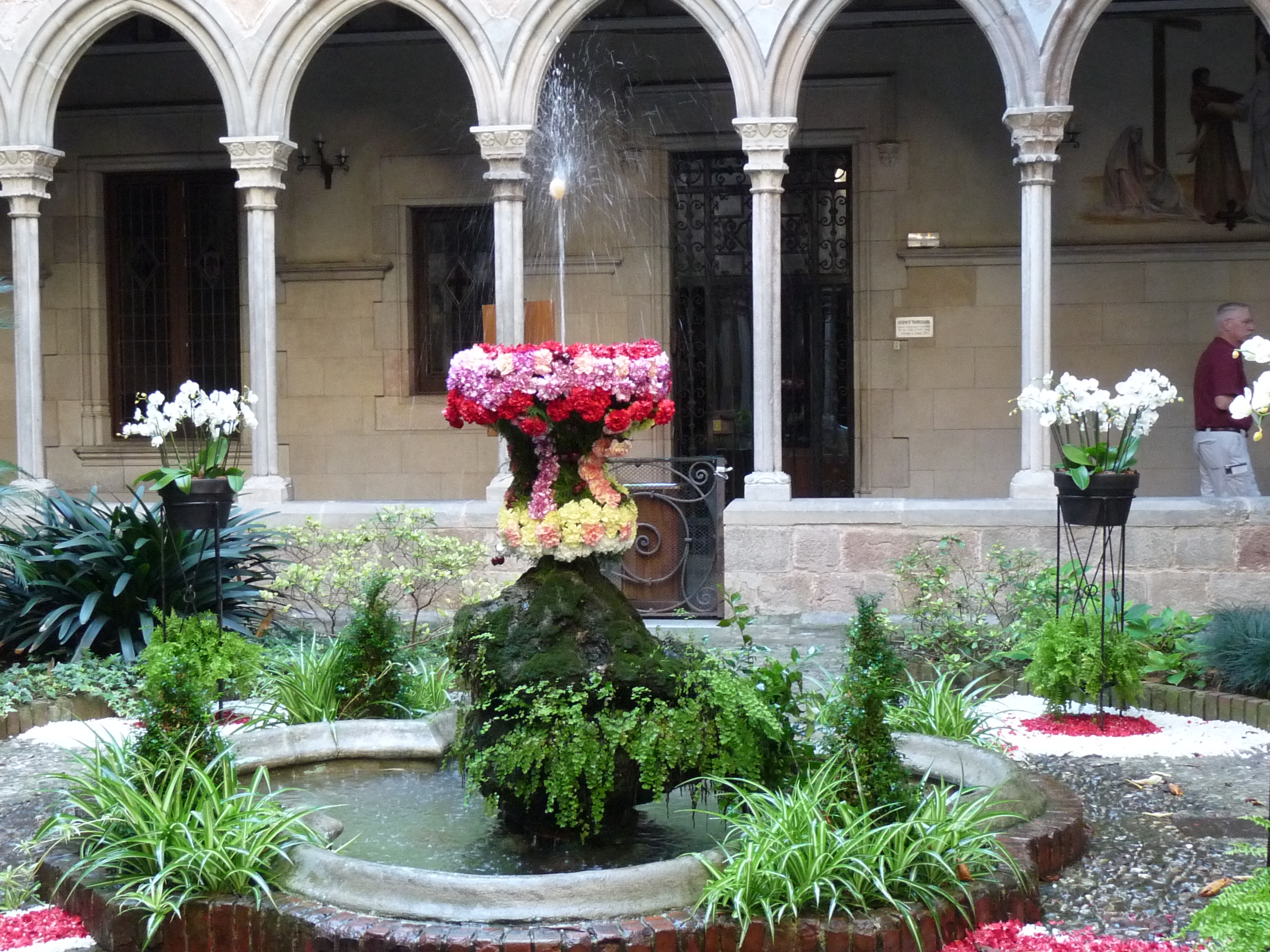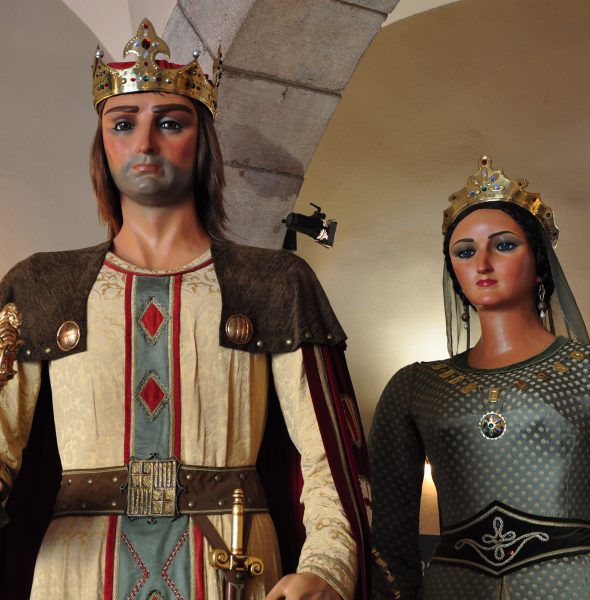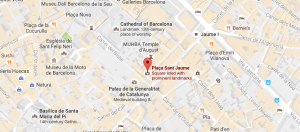“Corpus Christi” (in English: “Body of Christ”) is a Christian festival honoring the Eucharist. This festival is celebrated on the Thursday following Trinity Sunday. Trinity Sunday is the first Sunday after the Pentecost in the Western Christian Liturgical calendar, and the Sunday of Pentecost in Eastern Christianity. It is celebrated with a mass, followed by a Procession of the Blessed Sacrament. Corpus Christi in Barcelona is one of the city´s oldest celebrations.
Corpus Christi in Barcelona
In Barcelona there are two main Corpus Christi processions. The “Seguici popular de Barcelona i ball dels gegants de Corpus” (in English: “Corpus Christi Giants´ Dance Procession”) starts on Sunday, May 29th at 7:00p.m. During this procession, traditional figures like giants (or in Catalan “gegants”) and legendary animals such as the Eagle, the Lion, the Dragon, the Ox, march through the streets, accompanied by traditional Catalan music ensembles. This procession starts at Plaça de Sant Jaume and continues down Carrer del Bisbe to finish in Plaça Nova.
The “Process de Corpus Christi” (in English: “Corpus Procession”) will start at 7:45 p.m on Avinguda de la Catedral in front of La Seu Cathedrall. The procession will continue to Plaça Nova, Carrer dels Arcs, Portal de l’Angel, Carrer Comtal, Via Laietana and Carrer de Joaquim Pou before finishing back at the Barcelona Cathedral.
The most popular character of the parade is La Guita Xica, a dragon from Catalan folklore, who is said to have protected the people of Catalonia. The dragon has shiny eyes, a green body, a very long neck and sharp fangs.

Traditions of the Corpus Christi
One of the most spectacular traditions of the festival is the “L’ou com balla” (in English: “Dancing Egg “), activity in which you try to make an egg dance on a jet of water. The egg symbolizes the body of Christ, and the water represents renewal. Tradition says that if the egg doesn’t break, the year ahead is going to be a good one. During the festival, you will be able to see around 14 dancing eggs from 10:00 a.m to 8:00p.m all around the city, in the fountains of the plazas and gardens of public and private buildings. Some of the best places to witness this fascinating tradition is in Poble Espanyol Spanish Village, Barcelona Cathedral La Seu and Museo Frederic Marès.
Featured Photo Credit: ca.wikipedia.org
Photo Credit: lirioloto.wordpress.com



